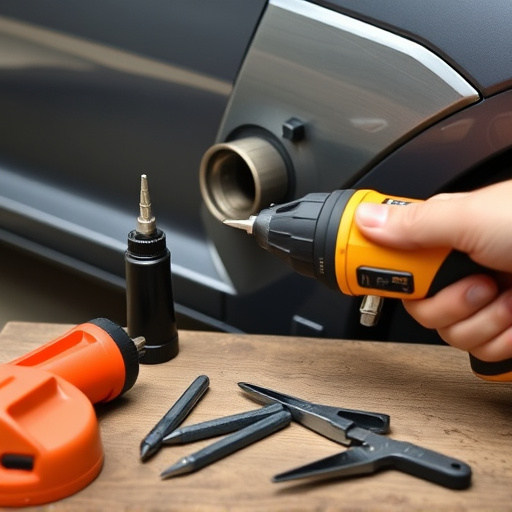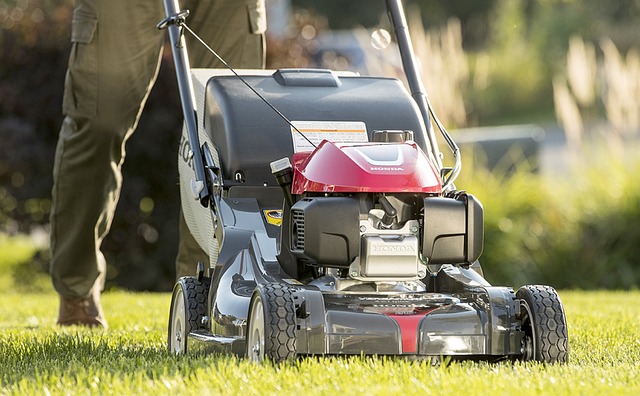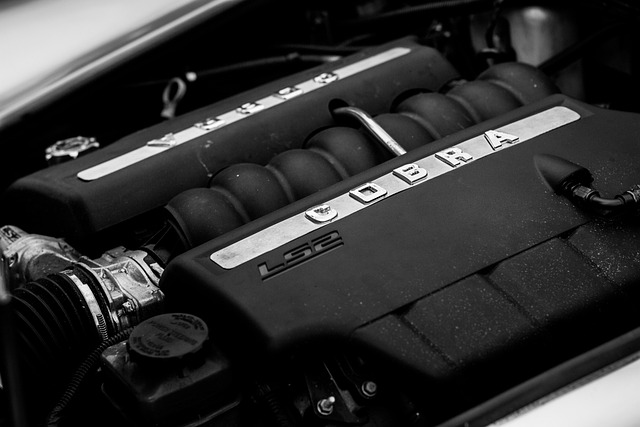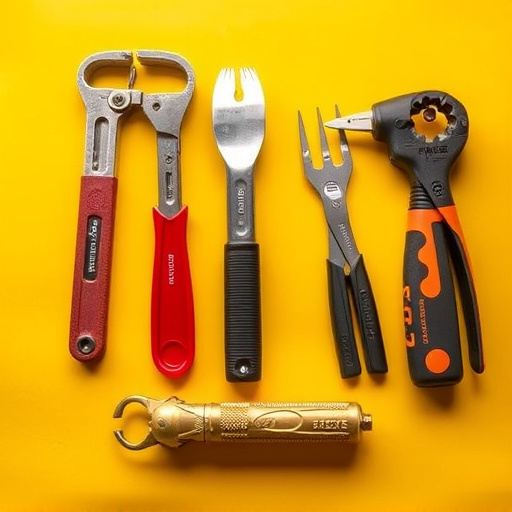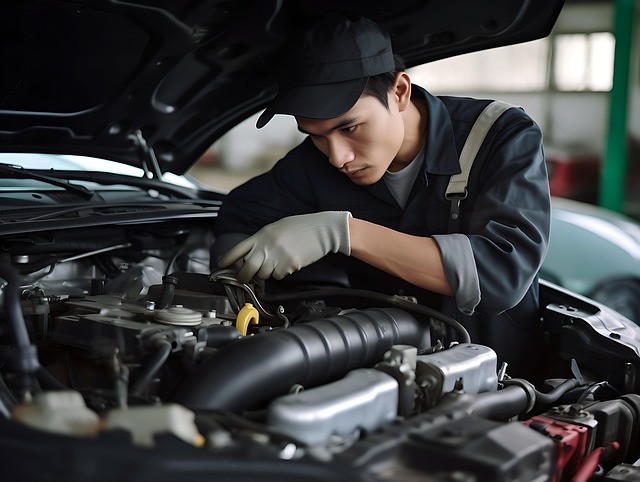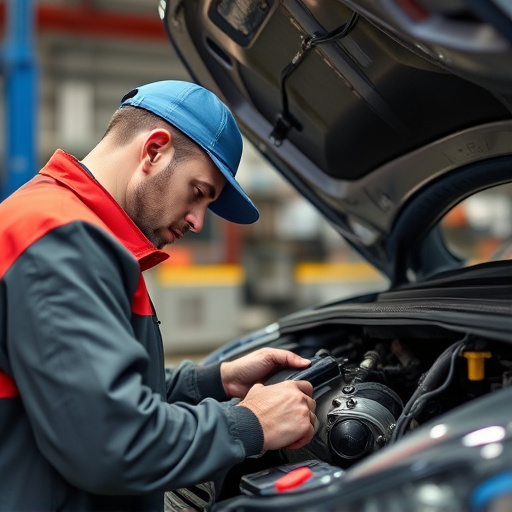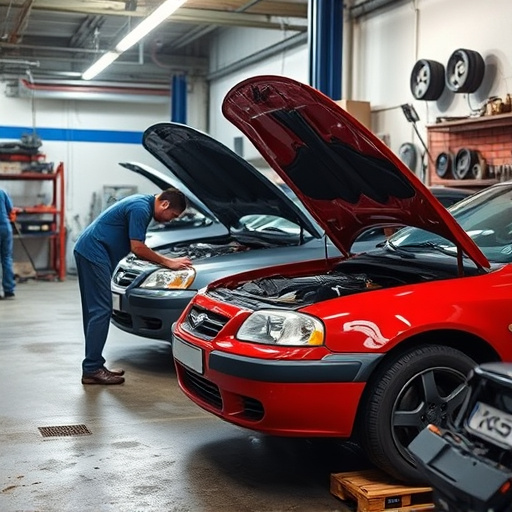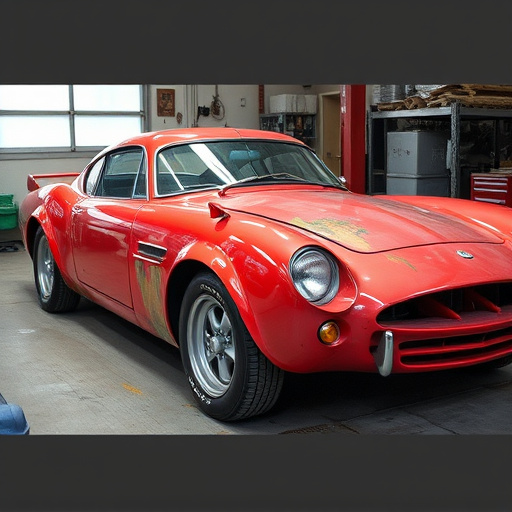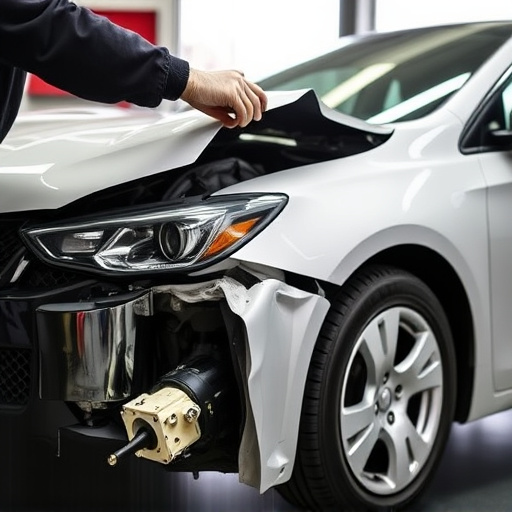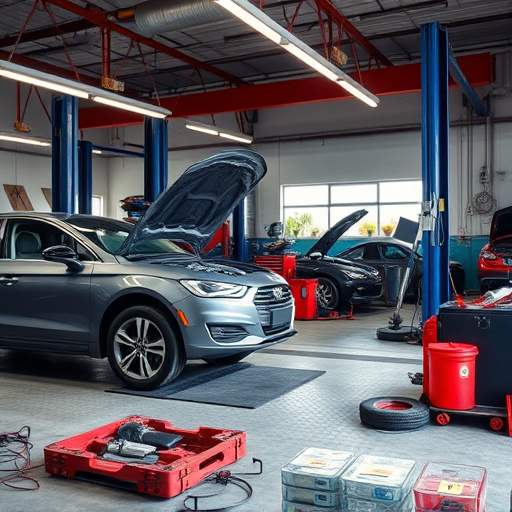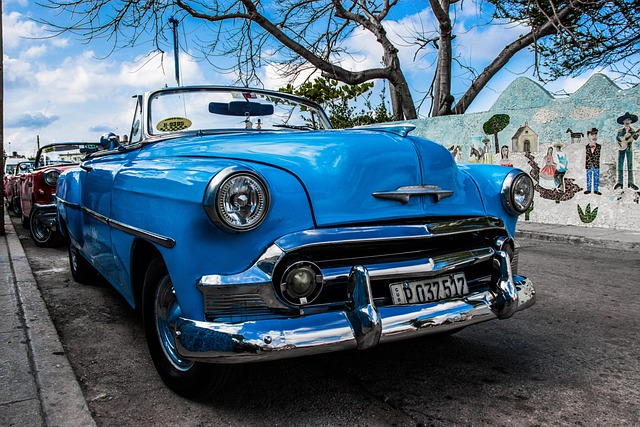Windshield calibration is a vital process ensuring your vehicle's safety features function optimally, including lane-keeping assist, adaptive cruise control, and automatic emergency braking. Auto body repair professionals use specialized tools to meticulously adjust the windshield's position and sensors, aligning them with the vehicle's frame. Regular calibration is crucial for maintaining these advanced systems' reliability. Post-calibration, verification steps ensure accuracy, addressing any pre-existing issues like tire services or dent removal. Advanced tools like laser validators and digital gage systems, coupled with specialized software, achieve precise results, enhancing customer satisfaction and safety.
After calibrating your windshield, verifying the results is crucial to ensure accurate measurements and safe driving. This process ensures your vehicle’s sensors provide reliable data, enhancing performance and safety features. In this article, we’ll guide you through essential post-calibration verification steps and explore tools that facilitate accurate assessments. Understanding these procedures is vital for maintaining optimal system functionality and ensuring a secure driving experience. Let’s dive into the details of windshield calibration verification.
- Understanding Windshield Calibration and its Purpose
- Post-Calibration Verification Steps
- Tools and Techniques for Accurate Results Assessment
Understanding Windshield Calibration and its Purpose
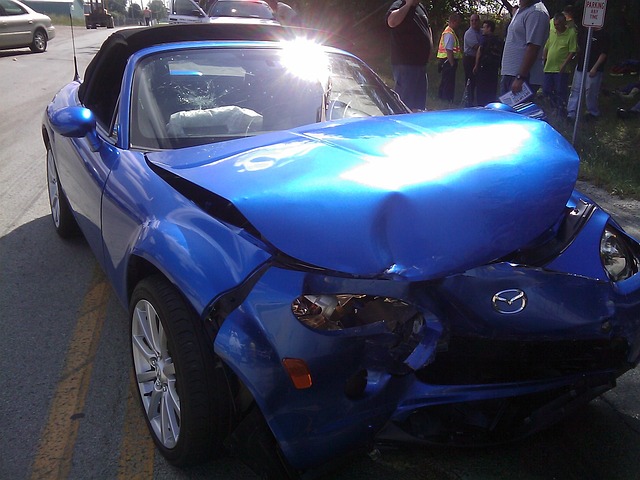
Windshield calibration is a precise process that ensures your vehicle’s windshield and associated sensors function optimally. It’s not just about achieving perfect visual clarity; it plays a critical role in enhancing safety features like lane-keeping assist, adaptive cruise control, and automatic emergency braking. These advanced driver-assistance systems (ADAS) rely on accurate windshield alignment to work effectively.
Understanding the importance of proper calibration, auto body repair professionals use specialized tools to adjust the position of the windshield and its sensors. This involves meticulous adjustments to ensure the windshield is perfectly aligned with the vehicle’s frame and that no obstructions are present. Auto glass repair experts emphasize that even minor misalignments can compromise these safety features, making regular calibration a non-negotiable aspect of vehicle maintenance, especially for those relying on modern technology in their vehicles’ body and safety systems.
Post-Calibration Verification Steps
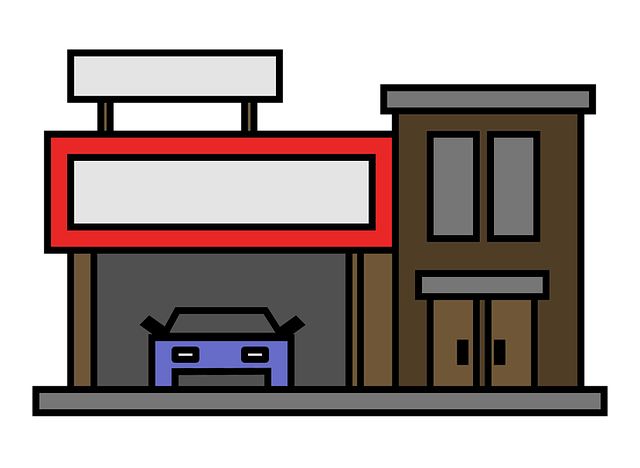
After completing windshield calibration, several verification steps are crucial to ensure accurate and reliable results. The first step involves checking the alignment of the windshield against the vehicle’s structural elements. This includes verifying that the windshield is properly seated, free from any gaps or misalignments, and secure with all necessary hardware in place. Any deviations from the specified parameters can impact the overall effectiveness of the calibration process.
Additionally, it’s essential to perform a visual inspection for any signs of damage or imperfections. Even after calibration, minor cracks, chips, or distortions might be present that could affect the driver’s line of sight and overall safety. Incorporating tire services, dent removal, and collision repair services as part of this process can help address any pre-existing issues, ensuring a seamless post-calibration experience.
Tools and Techniques for Accurate Results Assessment
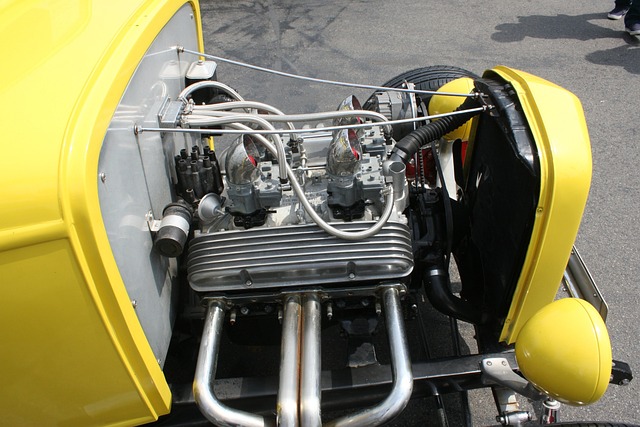
To ensure accurate results after windshield calibration, several advanced tools and techniques are employed. Among these, high-precision measuring instruments such as laser validators and digital gage systems play a pivotal role. These devices provide detailed, objective data on optical alignment and surface quality, allowing for precise adjustments to correct any deviations. Additionally, specialized software applications offer comprehensive analysis capabilities, enabling technicians to cross-reference results and identify potential inconsistencies.
Automotive body shops and tire services that specialize in car bodywork often utilize these advanced tools to maintain high standards. By combining the latest technology with expert expertise, they guarantee that calibrated windshields not only meet but exceed industry requirements. This meticulous approach ensures customer satisfaction and safety, making it a cornerstone of professional automotive care.
After completing windshield calibration, proper verification is crucial to ensure accurate and reliable results. By following a systematic approach outlined in this article, including understanding the process, executing post-calibration checks, and utilizing suitable tools, you can confidently assess the effectiveness of your calibration. These steps are essential for maintaining high standards in optical measurements, ensuring precise data interpretation, and upholding the integrity of your windshield calibration process.
